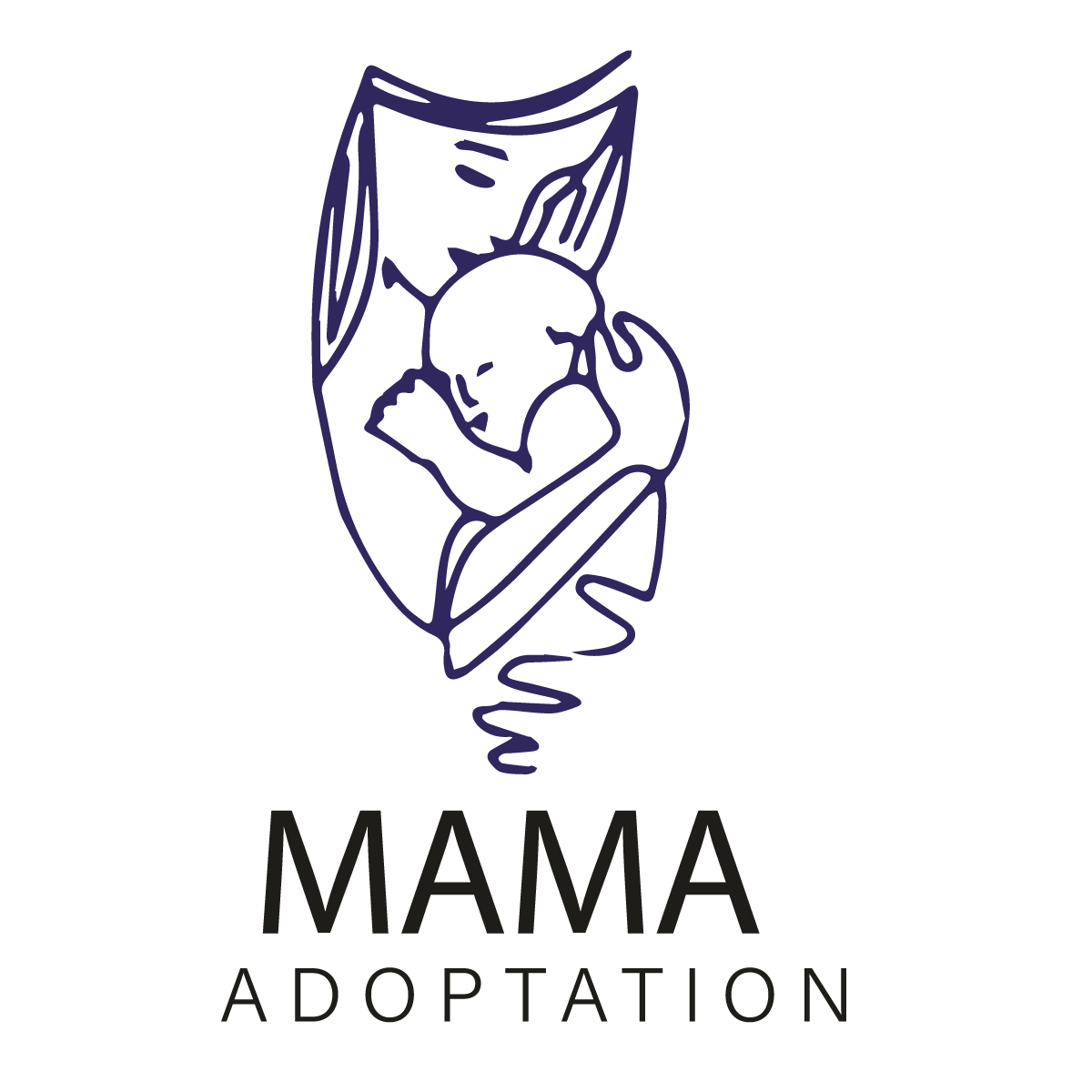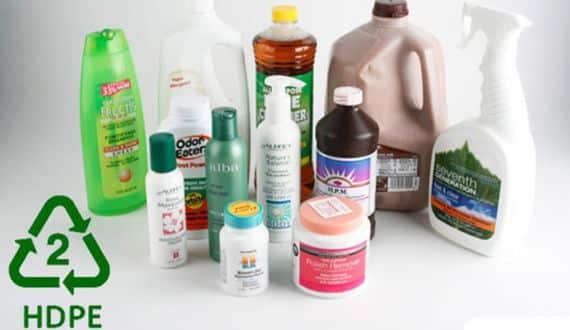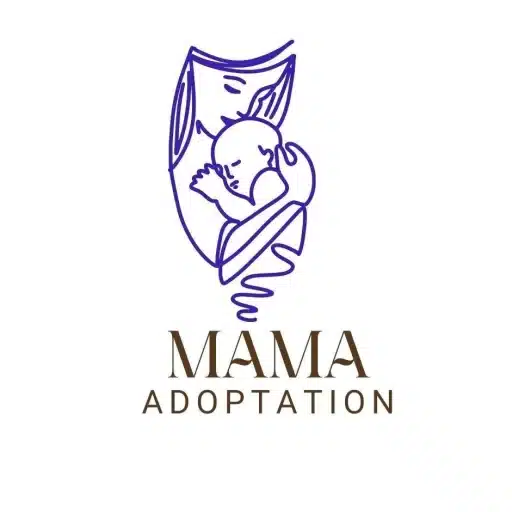Plastic Number 2 is all around us and can be found in many everyday products. However, not all plastics are created equal, and it’s essential to understand the different types of plastics, their properties, and safety considerations. One popular plastic type is high-density polyethylene (HDPE), or type 2.
HDPE is a lightweight, durable form of polyethylene produced in large quantities worldwide. It’s one of the most commonly used plastics due to its low cost, high tensile strength, and chemical resistance. HDPE has many uses, ranging from containers for household items such as detergent or shampoo bottles to industrial applications like fuel tanks or pipes for water mains.
What does the plastic number 2 mean?
Plastic Number 2 is the symbol that identifies polyethylene terephthalate (PET) as a safe and recyclable material. This type of plastic is one of the most common types used in consumer packagings, such as water bottles and food containers. PET plastic has been widely accepted for its low cost and durability, which make it a popular choice for everyday items.
When looking at the numbers on plastic products, it’s essential to know what each number means. Plastic Number 2 is identified by its triangle recycling symbol with the number two inside.
This type of plastic can be recycled into various new products, from carpeting to fleece jackets. PET plastics are also known for their lightweight yet strong properties, making them ideal for food packaging that needs to remain intact during transportation or storage.
Examples of plastic number 2:
Plastic No. 2, or polyethylene terephthalate (PET), is the most common type of plastic used in consumer packaging. It is a lightweight, strong, and versatile material that can be customized to produce various products. It is also one of the most recyclable plastics available, making it an attractive choice for many consumer goods manufacturers.
One example of plastic-type 2 is soda bottles. Soda bottles are made from PET because they offer superior strength and do not leach harmful chemicals when moisture or heat is exposed. In addition, its ability to be custom-molded makes it ideal for creating shapes such as Coca-Cola’s iconic contour bottle. PET bottles are now used for packaging other beverages such as juice, water, and sports drinks.
Food containers made from HDPE:
Food containers made from high-density polyethylene (HDPE) are revolutionizing how we store and transport food. This type of plastic, labeled “Plastic Number 2,” is incredibly durable and chemically resistant, making it an attractive choice for various applications. From its ability to create airtight seals to its versatility in creating any size container, HDPE offers tremendous advantages that other forms of packaging can’t compete with.
Manufacturers commonly use HDPE in the food industry because it has proven highly reliable and cost-effective. It’s lightweight yet strong enough to protect products against moisture and temperature damage during transit or storage.
In addition, the material won’t crack or break when dropped or exposed to extreme temperatures, making it perfect for transporting delicate items such as glass jars and bottles without worrying about leakage or breakage damage.
Baby products made from HDPE:
Baby products made from high-density polyethylene (HDPE) are gaining traction in the parenting market. HDPE, also known as Plastic Number 2, is a safe and reliable material for making baby items such as toys and bottles. The plastic is durable and resistant to most chemicals, which makes it perfect for crafting objects that children of all ages will use.
The benefits of using HDPE over other plastics make it an attractive option when searching for baby products. Manufacturers can create non-toxic, free of BPA, and PVC-free items while offering parents peace of mind knowing their little ones are playing with something safe and long-lasting.
Additionally, since HDPE is incredibly lightweight, it keeps shipping costs down on baby goods, so parents get a quality product at an affordable price.
Is plastic number 2 safe for babies?
Plastic No. 2 has been used for decades in various products, from food containers to toys and household items. But is it safe for babies? Many parents are concerned about the potential health risks posed by plastic.
The good news is that Plastic Number 2 is generally considered safe for babies when used responsibly. The American Academy of Pediatrics (AAP) recommends avoiding plastics with the numbers 3, 6, or 7 on them as these could contain chemicals that may potentially be hazardous. As long as you choose only Plastics Number 1 and 2, you can rest assured they will not release toxins into your baby’s environment.
Using plastic alternatives for your baby:
With more and more parents seeking to limit plastic entering their households, there are plenty of alternatives to traditional plastic items for babies. Families can reduce their environmental impact by making small but meaningful changes and help ensure a brighter future for generations.
One of the best ways to make a difference is by replacing everyday products with plastic-free alternatives. For instance, instead of buying disposable diapers made from Plastic Number 2 (polyethylene), look for eco-friendly cloth diapers that are reusable and made from natural fibers such as bamboo or hemp.
Other great options include biodegradable diaper liners, wooden baby spoons, and cotton swaddle blankets instead of plastic ones. These items can be easily purchased online or at local stores specializing in eco-friendly goods.
Stainless steel cups:
Stainless steel cups are becoming increasingly popular due to their health and environmental benefits. Plastic Number 2, a type of plastic commonly used for water bottles, often must be corrected for your health and the environment.
That’s why stainless steel cups are becoming more appealing as an alternative. Stainless steel is much better for the environment since it does not contain toxins or chemicals that could leak into our drinking water, like plastic can. Moreover, many metals are recyclable when appropriately recycled, which isn’t possible with plastic products.
Additionally, it doesn’t retain tastes and odors from past beverages like plastic cans do. This makes them perfect for anyone who wants a cup without any flavors they don’t want in their drinks! Stainless steel also has excellent durability, making it virtually unbreakable and perfect for daily use on the go or at home!
Wooden baby toys and teethers:
Wooden baby toys and teethers are an excellent choice for any parent looking to provide their child with safe, stimulating playtime fun. With an abundance of toys on the market made from plastic, parents should consider investing in wooden options for their little ones. Not only are wooden baby toys more eco-friendly than their plastic counterparts, but they offer a softer yet more durable alternative that is gentle on babies delicate skin.
Wooden baby toys and teethers often come in various shapes, sizes, and colors to keep your child interested and engaged during playtime. For example, wooden rattles can help soothe fussy babies and give them something new to explore as they grow older. Teethers made from natural wood also relieve sore gums during teething phases – plus, they look much cuter than basic plastic designs!
Learn about the other plastic numbers:
Due to its transparency, it is easy to identify plastic number 1 or polyethylene terephthalate (PET) plastic. But what about the other plastic numbers? Plastic number 2, also known as high-density polyethylene (HDPE), is a widely used plastic type with many unique characteristics and uses.
HDPE is a rigid, robust, lightweight material resistant to moisture and chemicals. It has excellent thermal insulation properties and can be recycled into many different products, such as pipes, containers, films, and even containers for hazardous materials.
HDPE also has excellent electrical properties, making it an ideal choice for indoor and outdoor applications. HDPE does not contain any volatile organic compounds or heavy metals so it can be safely used in food packaging applications.
Conclusion:
Plastic number 2 (HDPE) is a widely used plastic that has many benefits and uses. It is lightweight, durable, and recyclable and is commonly used to make baby bottles.
Although it has some risks, such as leaching chemicals like BPA, these can be avoided with proper maintenance. To ensure your baby’s safety when using HDPE products, choose brands with BPA-free labels and handwash regularly.
Read more…








